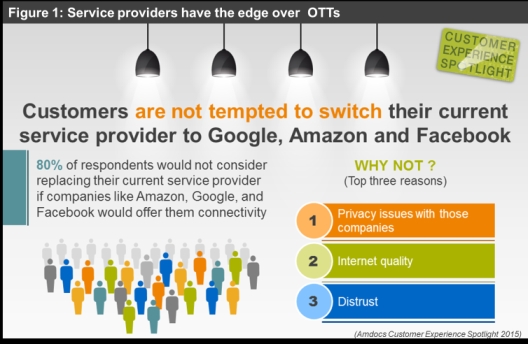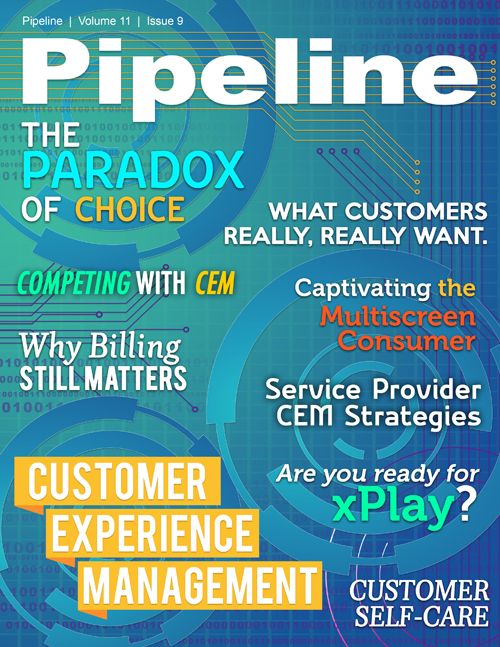Competing in All Dimensions with Customer Experience
By: Uri Gurevitz

Competition is not new to our industry. Ever since the breakup of the large monopolies, starting with AT&T in the U.S.A. in the mid-80s, we’ve seen the incumbents fighting it out with the new kids on the block. Back then, the competitors were other communication service providers who sought to differentiate and gain market share by having a unique offering, low prices, or through providing an impeccable customer experience.
Since then, competition, often fierce in some markets, has broken out between the different communication players. At the beginning of this century, the cable companies entered the wireline arena, while the traditional telcos began to offer TV services.
But now, this competition is changing...and radically. The over-the-top (OTT) players are not just threatening specific services through WhatsApp, Viber, Netflix, Kakao Talk and more, but rumors abound that companies such as Google, Facebook, Amazon are planning on offering connectivity and thus taking on one of the last service provider strongholds: access.
To check whether this threat is real and whether consumers would be prepared to switch their connectivity service to someone like Google, we surveyed over 8,000 consumers in 17 countries as part of our 2015 Customer Experience Spotlight.
Service providers have the edge over OTTs
The good news for service providers is that the vast majority of consumers (80 percent) are not tempted to switch their connectivity service from their current operator to any of Google, Amazon or Facebook. There were some marked variations geographically, with 97 percent of Singaporeans keen to stay put, and some going as far as to say that they hoped their government would not allow this to happen. At the other end of the scale, only 69 percent of Indian respondents said they would keep their operator.
When asked to explain the reasons for staying put with their service provider, three factors shot to the top. First, consumers feared that their privacy might be compromised by the Internet companies. Second, they expressed doubt about the quality of the service they would receive: citing a combination of slow speed, low voice quality, and poor coverage outside of cities. Finally, a sense of distrust was mentioned: a global Internet brand, driven purely by a commercial logic, does not have the level of customer intimacy enjoyed by many operators.

Further good news emerged in the propensity to recommend, with 63 percent of our 2015 Customer Experience Spotlight sample confirming that they would recommend their service provider to family and friends. Here again, we found clear variations by country. Only 58 percent of Filipino and Thai consumers were positive about recommending, while 72 percent of Americans were.
As we dug down to the causes of that enthusiasm, 89 percent said that customer support was a key factor, network quality ranked second at 59 percent, with pricing coming third, at 58 percent. These results hint at the need for operators to take a holistic view of customer experience, ensuring consistency across all channels.
Indeed, while 20 years ago customer experience was just thought of as the complaints process, today the new world of customer experience has taken on multiple dimensions, including brand, offering portfolio, network and the IT systems that make it all come together.



















